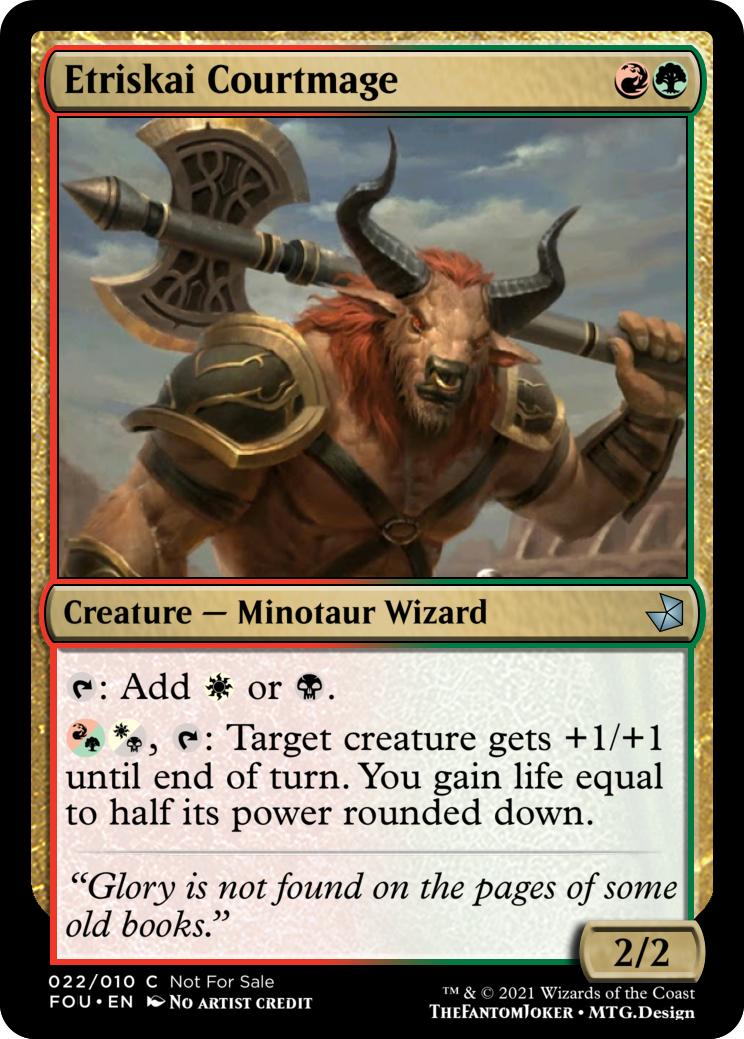
If I had seen this issue hundreds of times before, this might have been a no-brainer, and I know many consultants today that would be able to solve this problem in their heads. I was able to ‘see’ the cause-and-effect relationships and ‘discover’ how the practice of ordering large quantities of long lead time products from China, combined with the rapidly changing demand from customers due to style and trend changes was causing major inventory issues. There was something about this process of writing things on little notes and arranging them on a big whiteboard that helped me think more clearly and to be more confident in my conclusions about what levers could be pulled to help the company improve productivity. “One man’s magic is another man’s engineering” Robert A. While accurately linking cause to effect in this context requires some experience or knowledge of supply-chain systems, the sticky notes were a magical aid to my thinking. Next, I grouped the “effects” (the undesirable things) with their potential causes. These were things like how much inventory was ordered at one time and the number of new products introduced each quarter. Next, I listed the company policies and behaviors that were in place.

I interviewed key staff and then used sticky notes to list out all of the undesirable things that were occurring at this company such as too much inventory of some items, not enough of other items, unhappy customers due to late orders, quality issues from suppliers, high costs from customer returns, etc. Many years ago, I was hired by a consumer products company to help them improve productivity. “Never underestimate the power of breaking down your ideas into discrete pieces and then being able to organize them any way you want.” You can use different colors or sizes to mean different things.can’t do “x” until “y” is done) by how you arrange them. You learn how you want to do something as you arrange the notes, group them together and spot relationships between different things. They assist with the creative process.You can put them on a white board and then draw lines between the sticky notes or clusters of sticky notes.People are visual, and sticky notes allow people to get a quick “at a glance” view as to what’s going on.You can use them for collaboration: you can give everyone in the room a pad of sticky notes and have them create their own ideas before sharing with the group, thus preventing the vocal minority from dominating the session.They are flexible: you can move them around easily.

Why are sticky notes so effective, particularly for our interests, for brainstorming and projects?
#Mtg cardsmith filetype not allowed full#
From the product manager brainstorming ideas to the group facilitator ranking preferences to the spouse leaving a friendly “reminder” to take the trash out, these handy, easily-moved, inexpensive magic papers have helped thousands accomplish a plethora of tasks.ĭon’t believe me? Check out this board, full of sticky notes, used to organize the merger of two major airlines over a multi-year project: Opening three booster packs and looking at the common cards should make it clear how the block/set works, such as the energy/artifact themes of the Kaladesh block or the multicolored theme of the Shards of Alara block.Since the dawn of time (or, at least, since the dawn of temporary glue), people have been using the venerable sticky note to help get things done. Also, Wizards makes sure that when a set has a distinct mechanical theme, and that theme must be emphasized in the common slot so players can find that theme easily in the set. Common cards are the background of any Magic booster pack, with 10-11 of them appearing in a 15-card booster (whether it's a regular expansion booster or a Masters set booster).Ĭommons have a black expansion symbol with a white border, and in games of booster draft Limited, common cards form the meat of any deck.

The majority of Magic cards are common, both in terms of physical printed cards and all the unique cards found in a given set or three-set block. Even if the term "common" often means implies that something is so numerous that it is devoid of value, these cards are absolutely vital for the game.


 0 kommentar(er)
0 kommentar(er)
